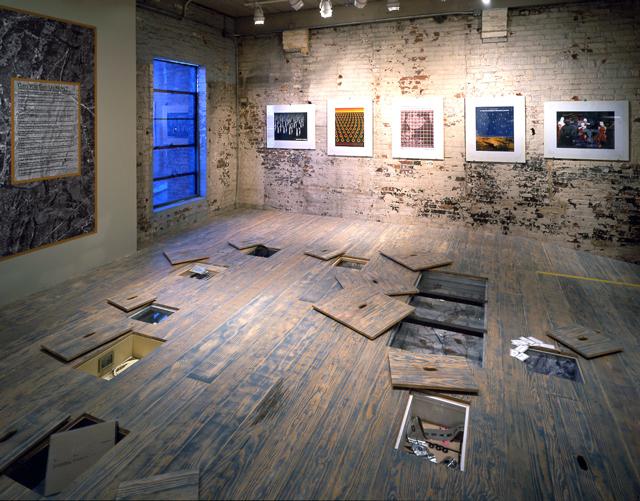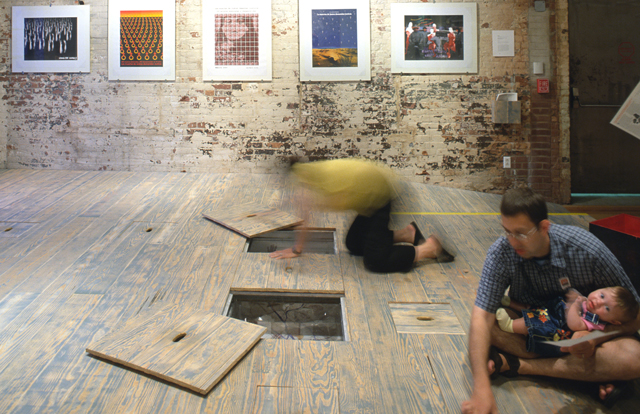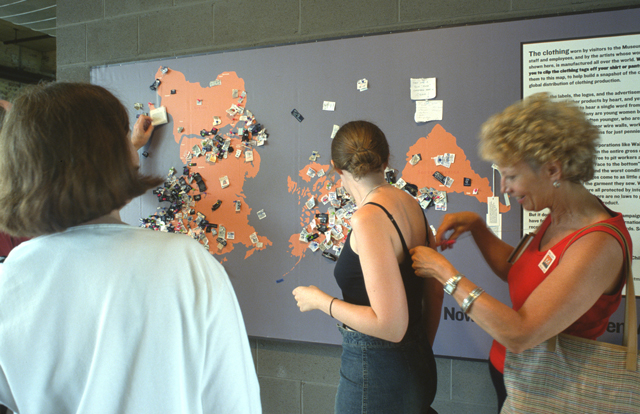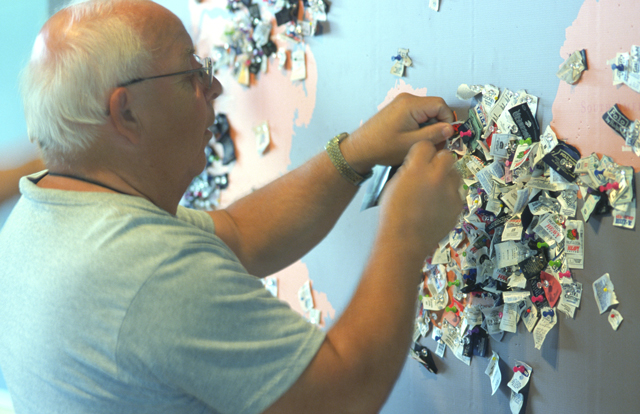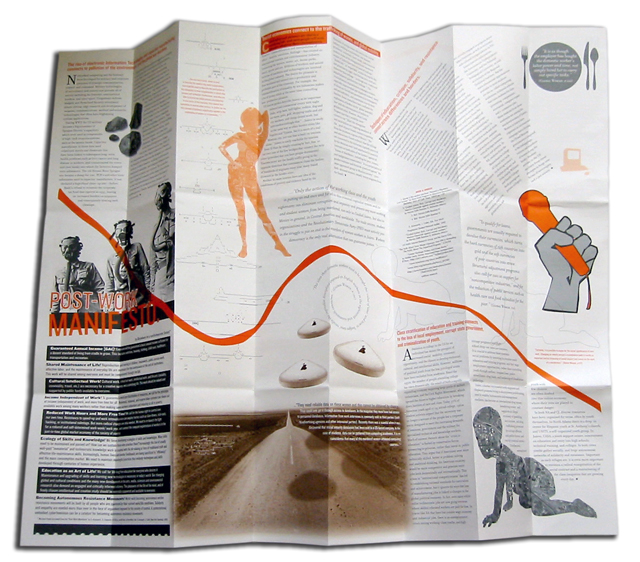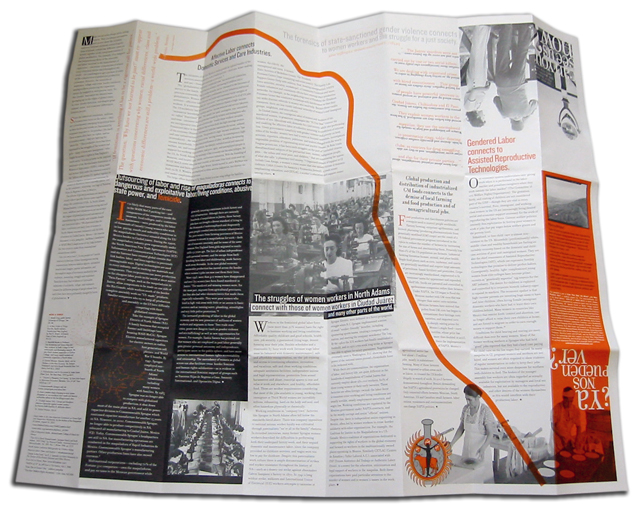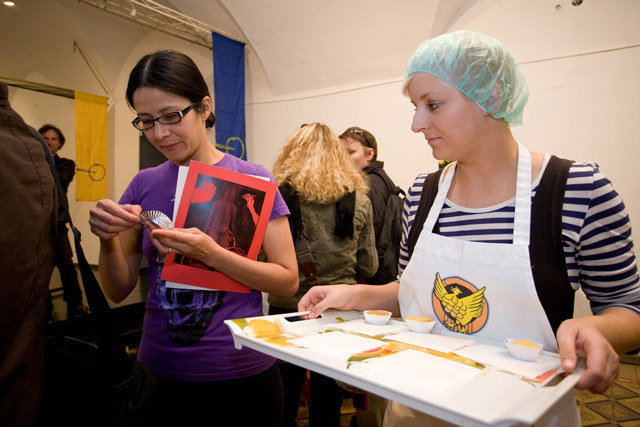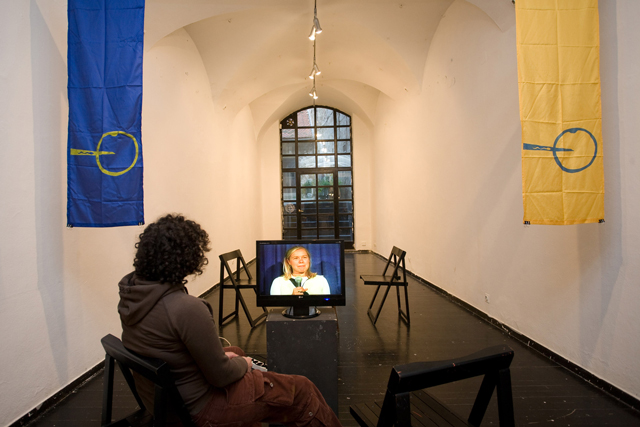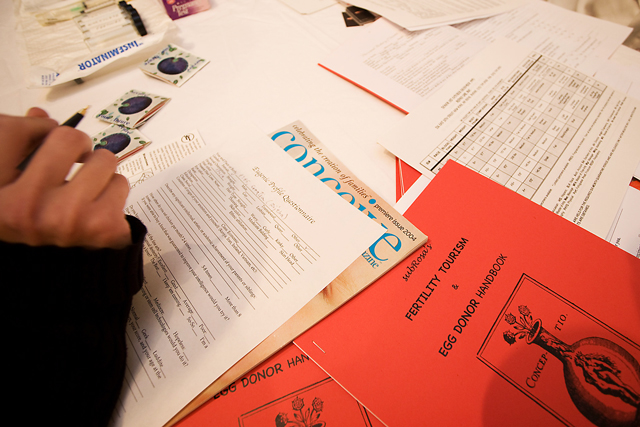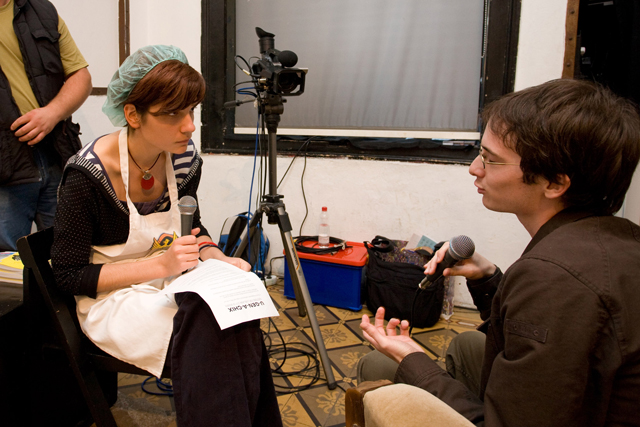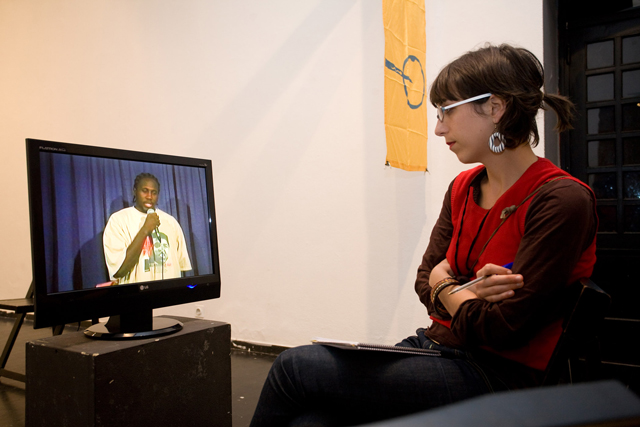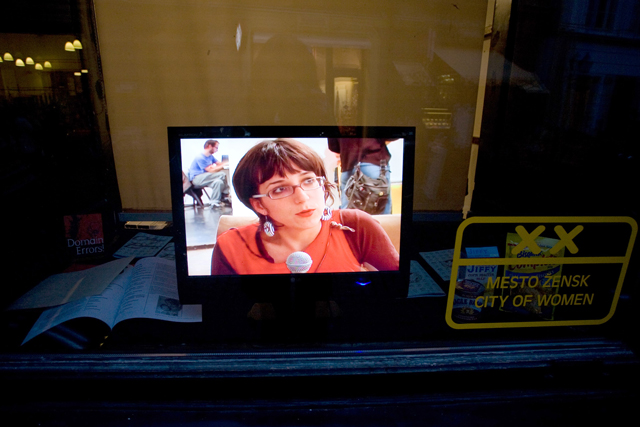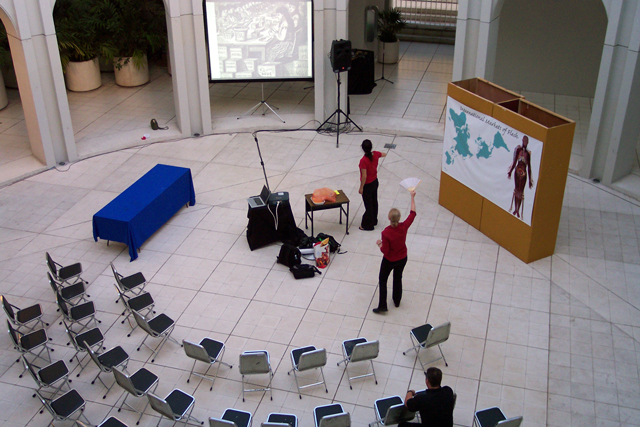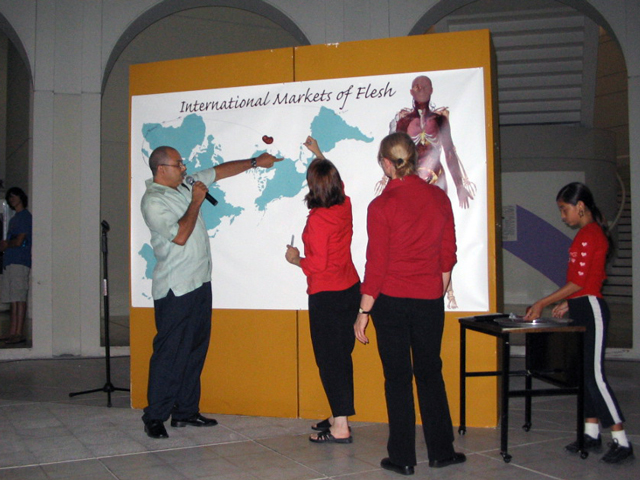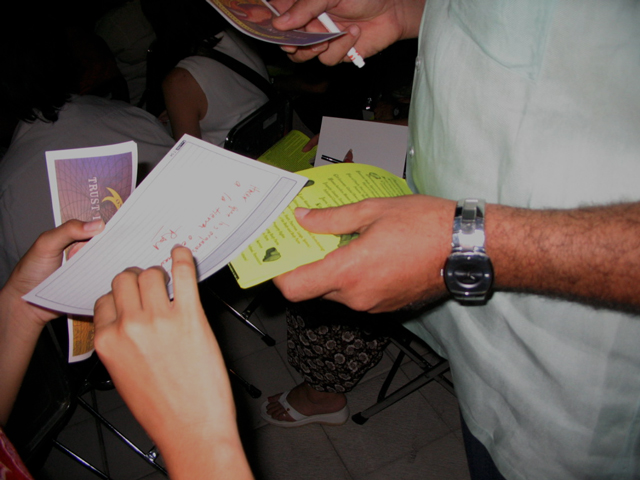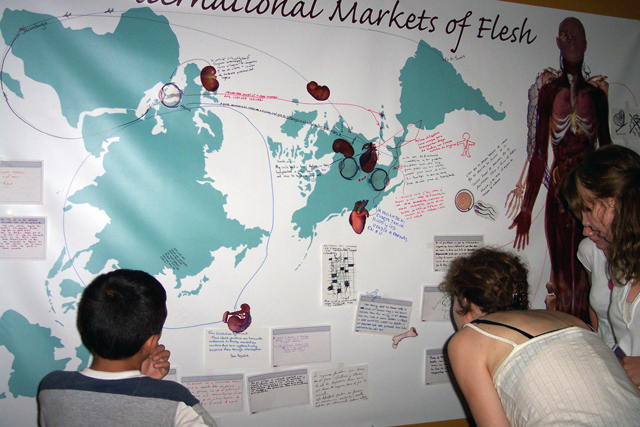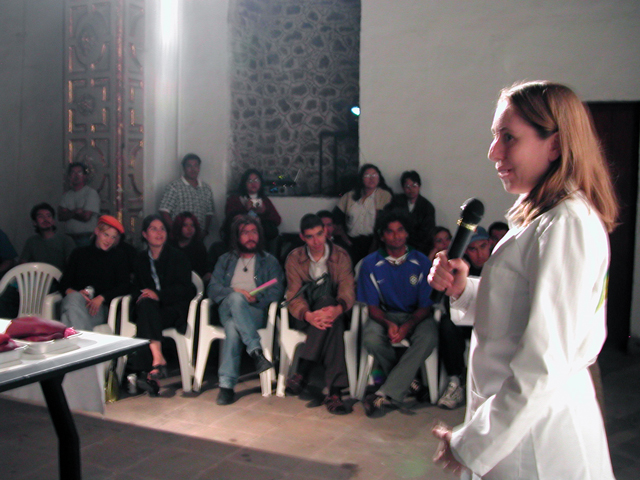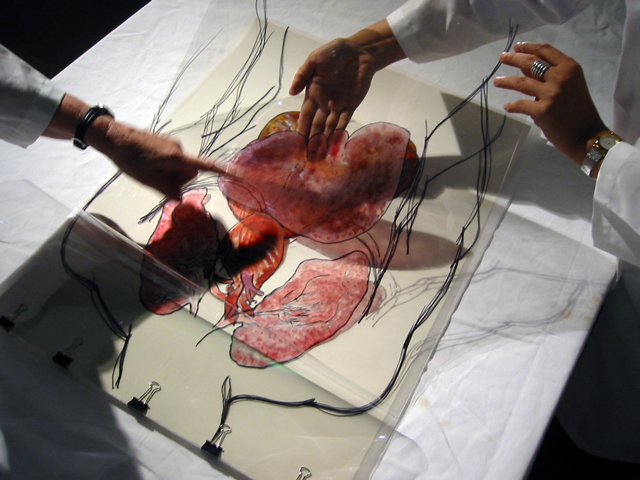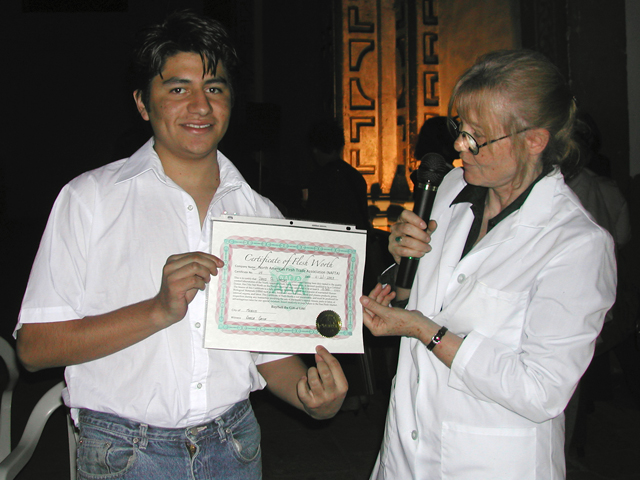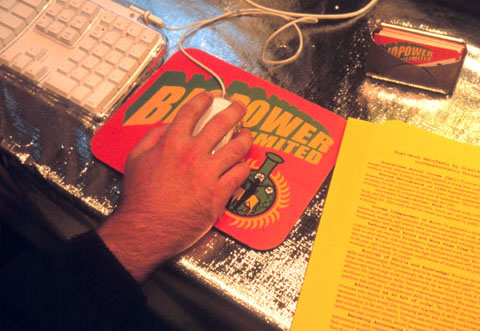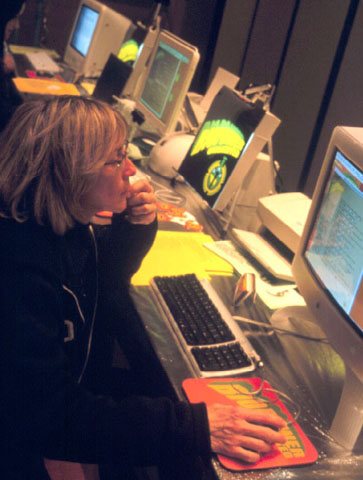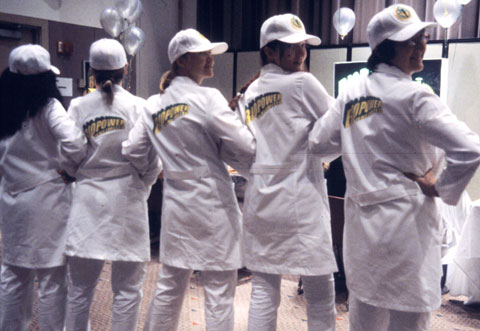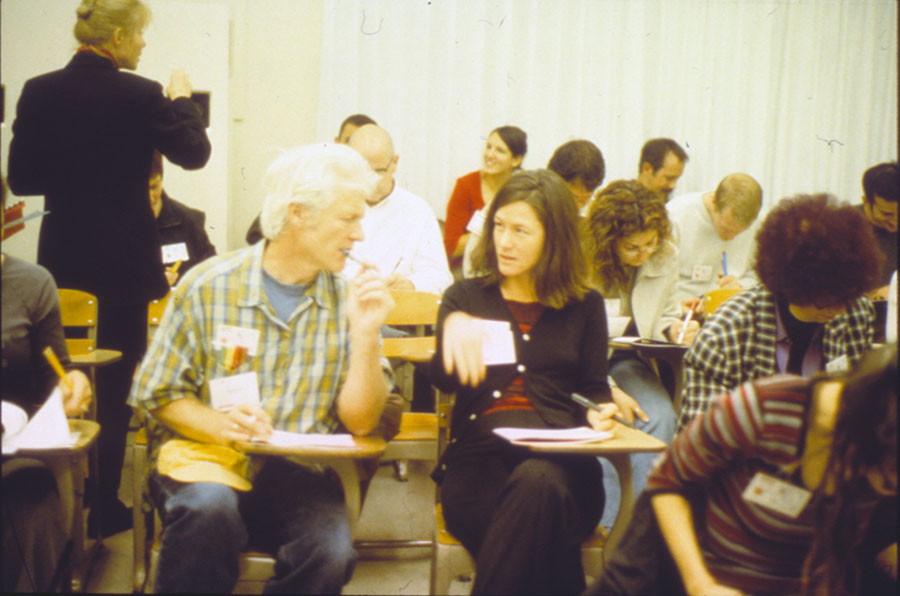Cell Track is a flexible-scale wall installation and accompanying web site examining the privatization and patenting of human, animal, and plant genomes within the context of a history of eugenics. It has been exhibited alone and in combination with other subRosa projects, sometimes with site-specific content modifications.
Cell Track draws attention to the increasing separation between the bodies that produce stem cells—and other genetic material—and the medical and pharmaceutical products derived from them.
Maternal body cells and tissues—such as eggs, placentas, fetuses, and umbilical cord blood—have become valuable “raw materials” extracted and accumulated for emerging bio-tech industries. This has opened new pathways for corporate science to profit from the manipulation and control of life via the privatization of DNA sequences, engineered genes, stem cell lines, transgenic organisms, and the like.
Cell Track gives a historic overview of the privatization of biology while also raising the the possibility of activist, feminist-inspired experimental research and labs accessible to amateurs, artists, independent scientists, and non-profit researchers conducting research and sharing knowledge for the public good.
- Bio-Difference: The Political Ecology, Biennale of Electronic Arts Perth, Lawrence Wilson Art Gallery, Univ. of Western Australia, Sept. 12–Oct. 3, 2004
- YOUGenics3, curated by Ryan Griffis, Betty Rymer Gallery, Art Institute of Chicago, Dec. 4–Feb. 5, 2004
- Deliciously Disposable Earth, curated by Carolina Loyola-Garcia, Three Rivers Arts Festival Gallery, Pittsburgh, PA, Jan. 17–Feb 22, 2008 (catalog)
- Soft Power. Art and Technologies in the Biopolitical Age, curated by Maria Ptqk. Amarika Project at Vitoria-Gasteiz, Spain. Fall, 2009
- BPLTC I: Cellular Control, curated by Eliane Ellbogen, Eastern Bloc, Montreal, Sept. 24–Oct. 14, 2015
- Eugenic History of Southern Agriculture with subRosa and curated by Atlanta Anti-University at Murmur Gallery, Sept 12-13, 2016
This project has its own web site, and you can download the Cultures of Eugenics booklet that accompanies it.
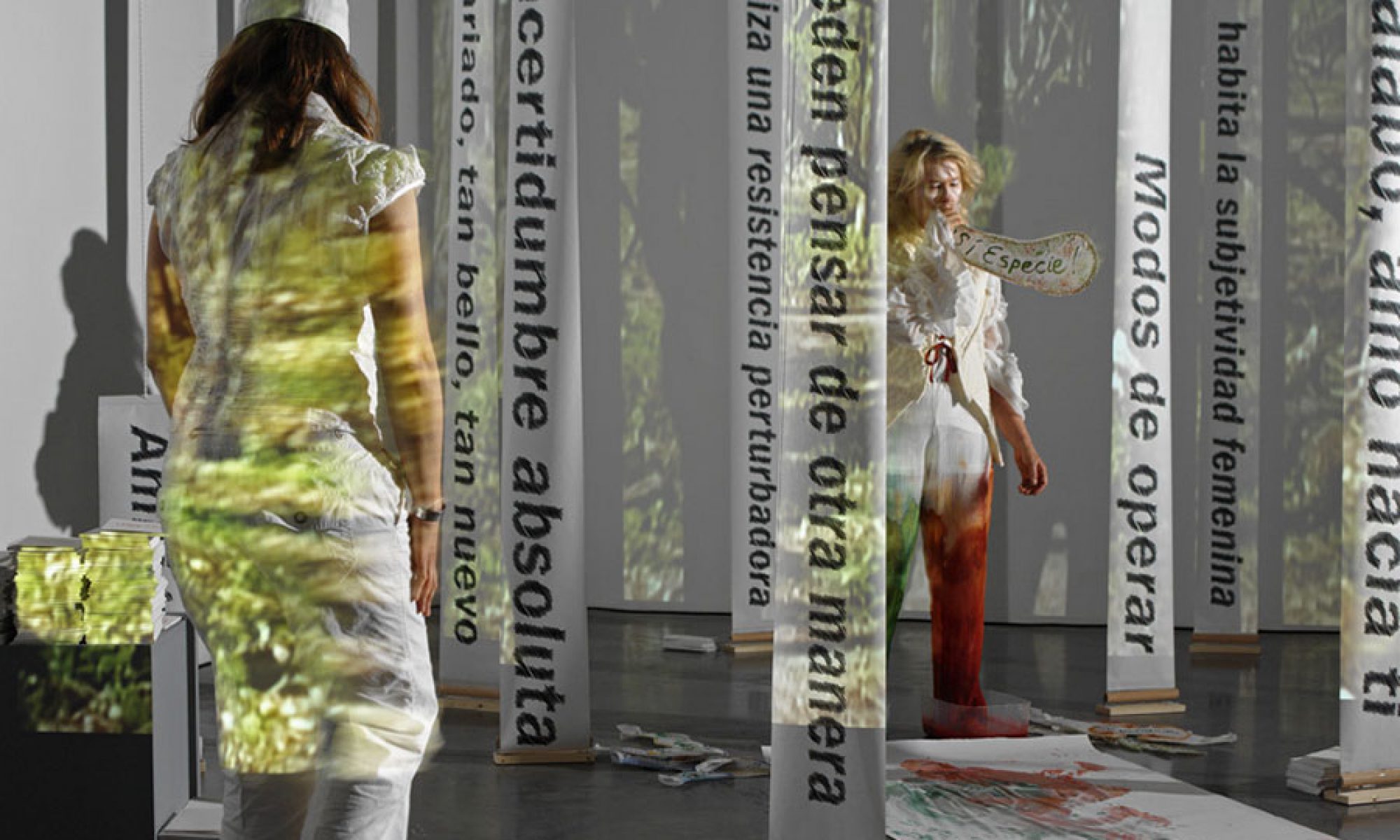

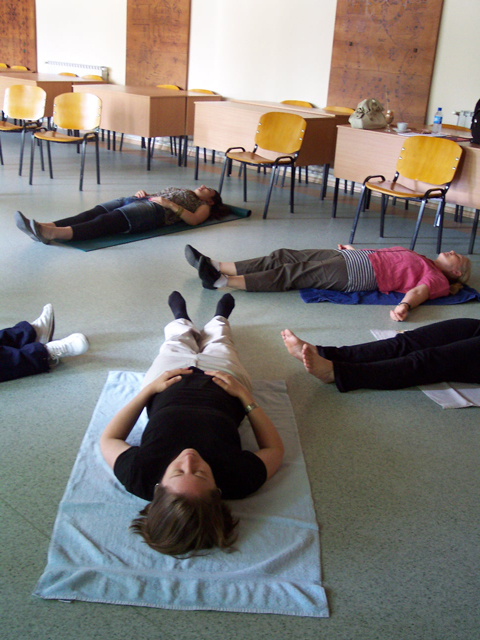




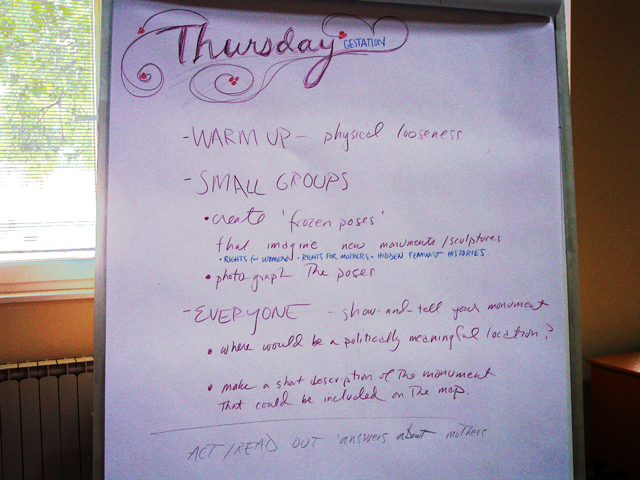
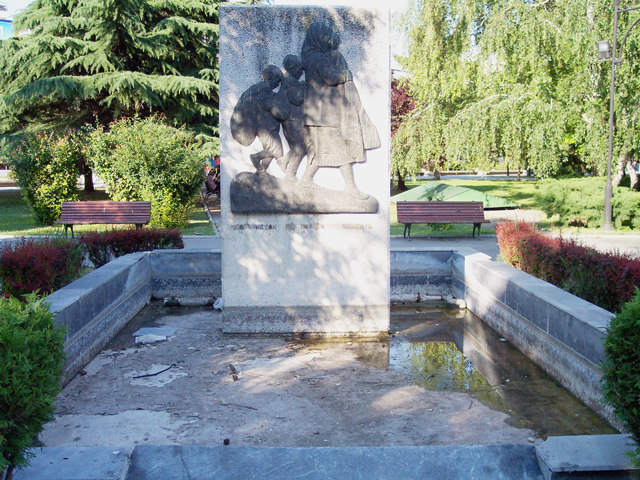
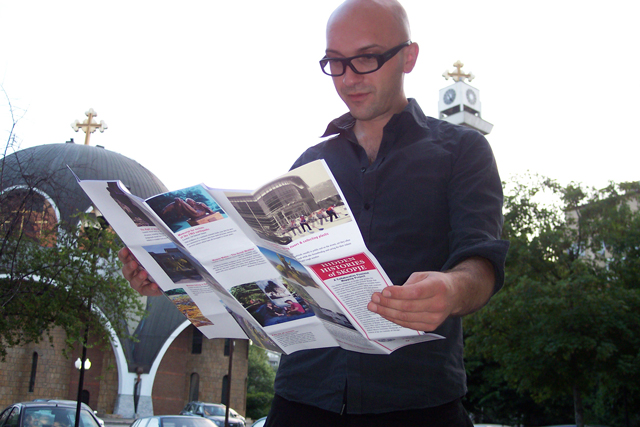
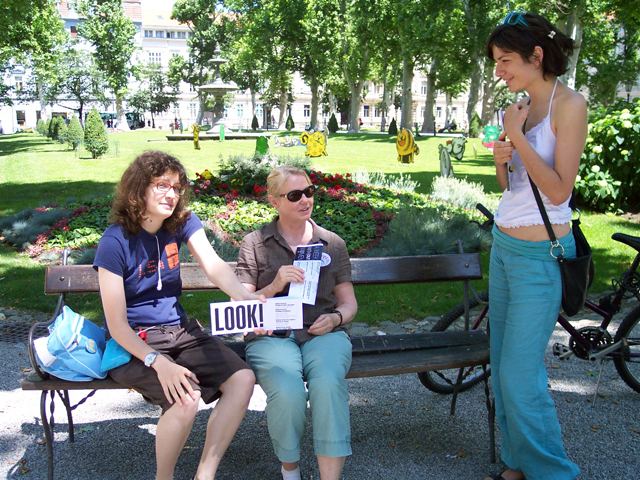
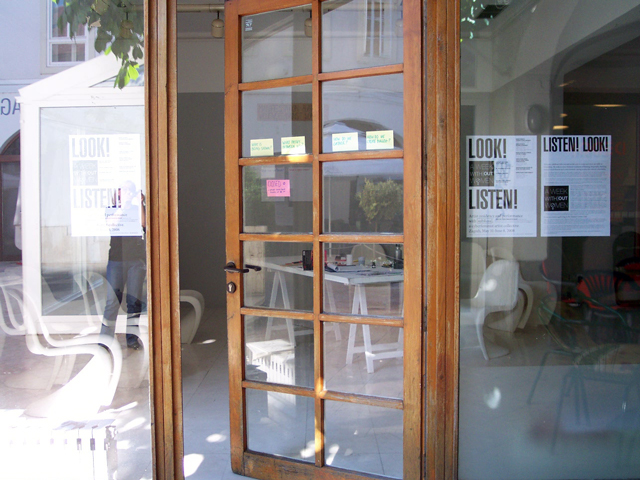
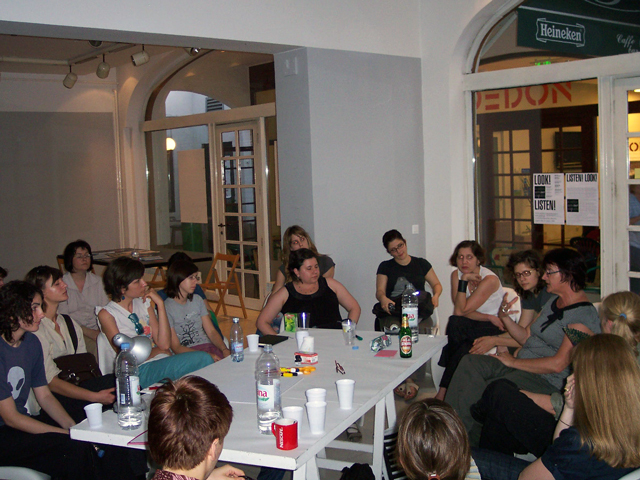

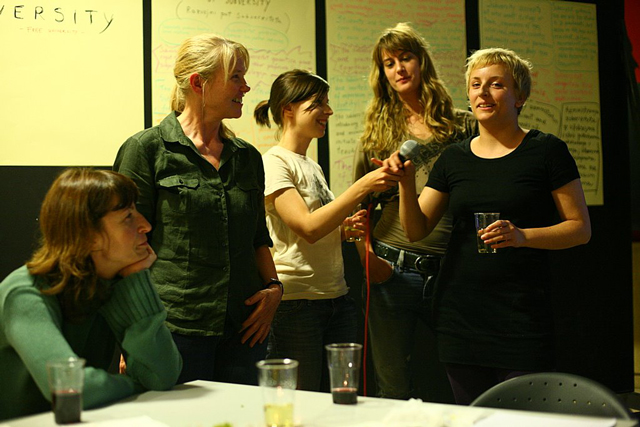

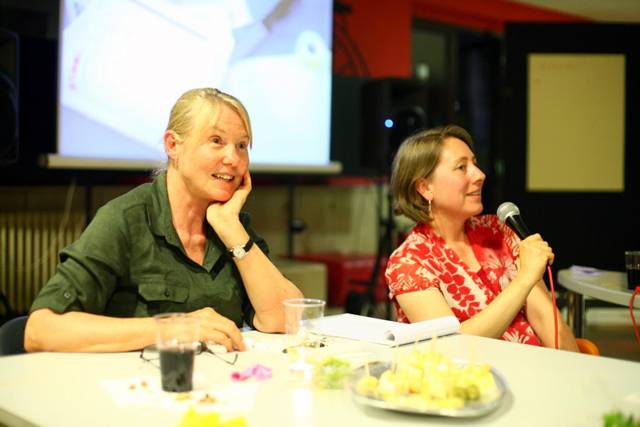
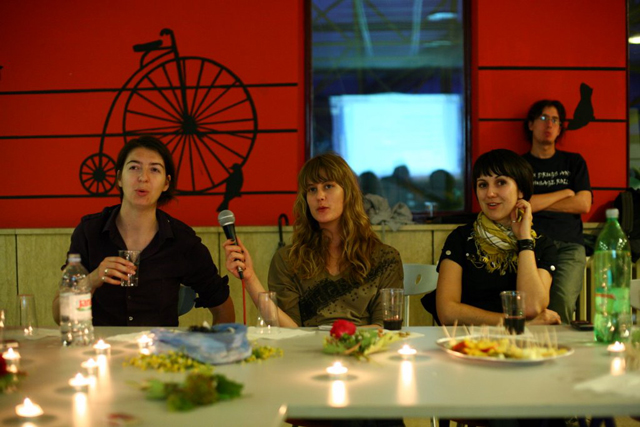


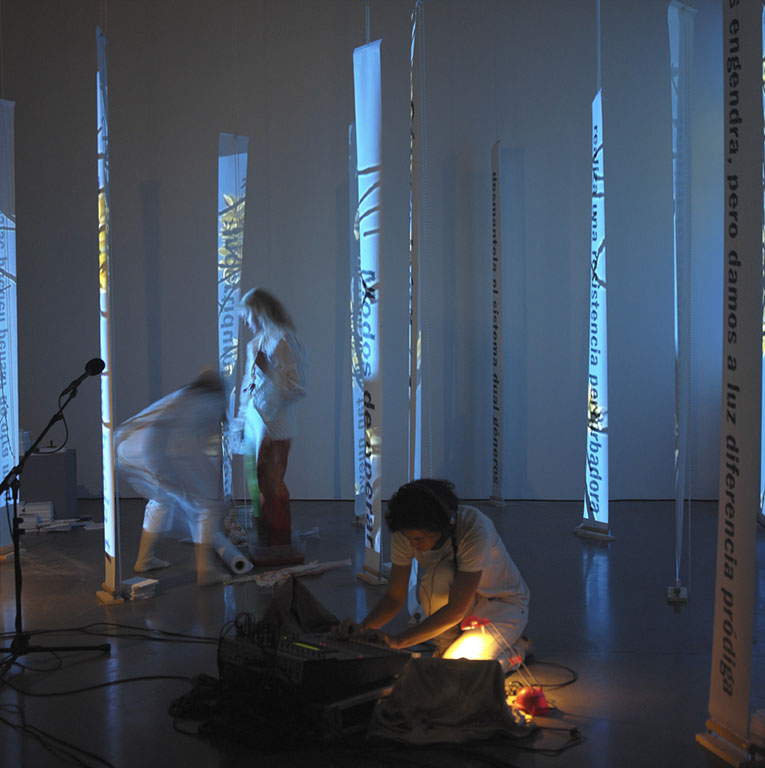
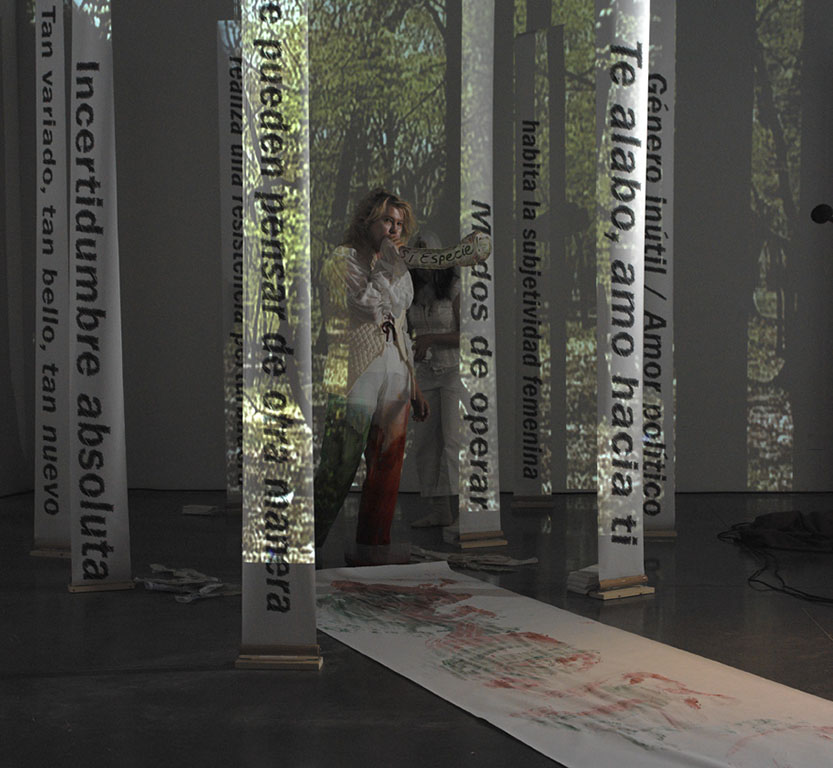
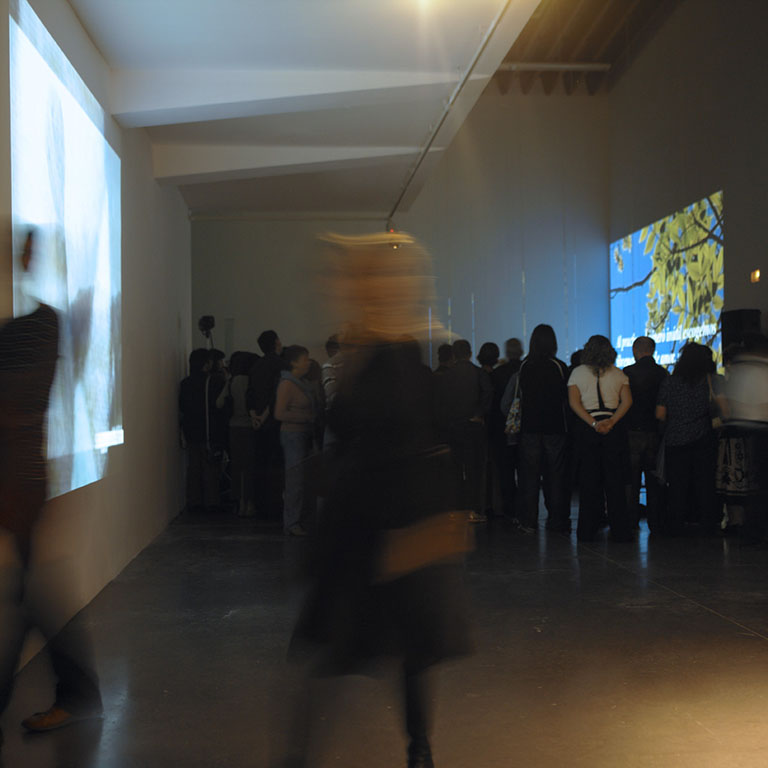
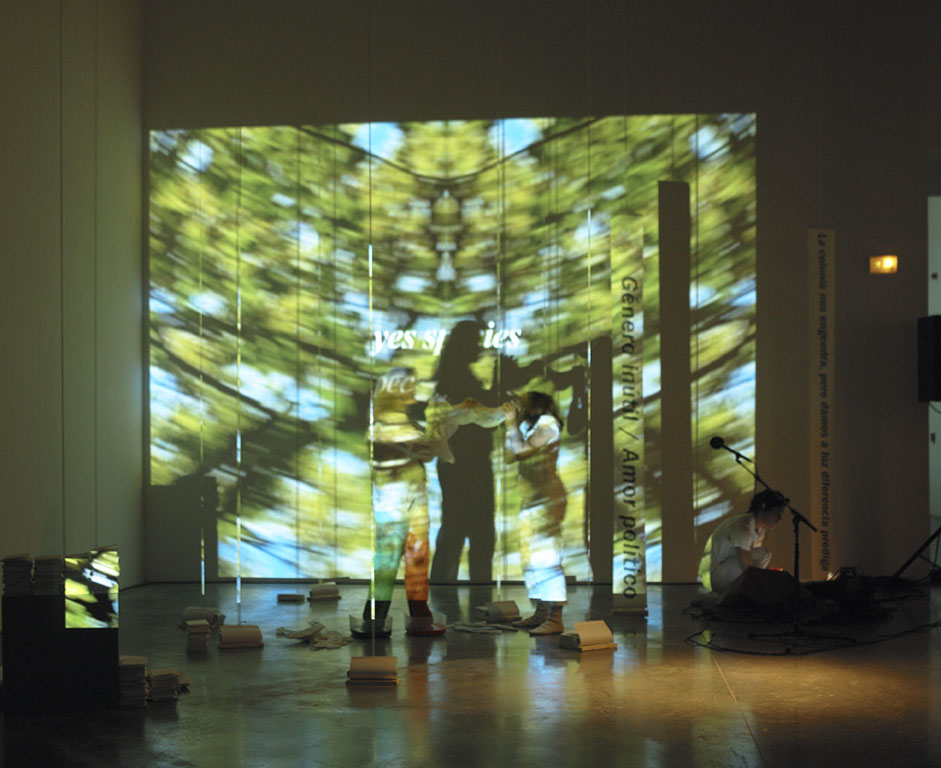

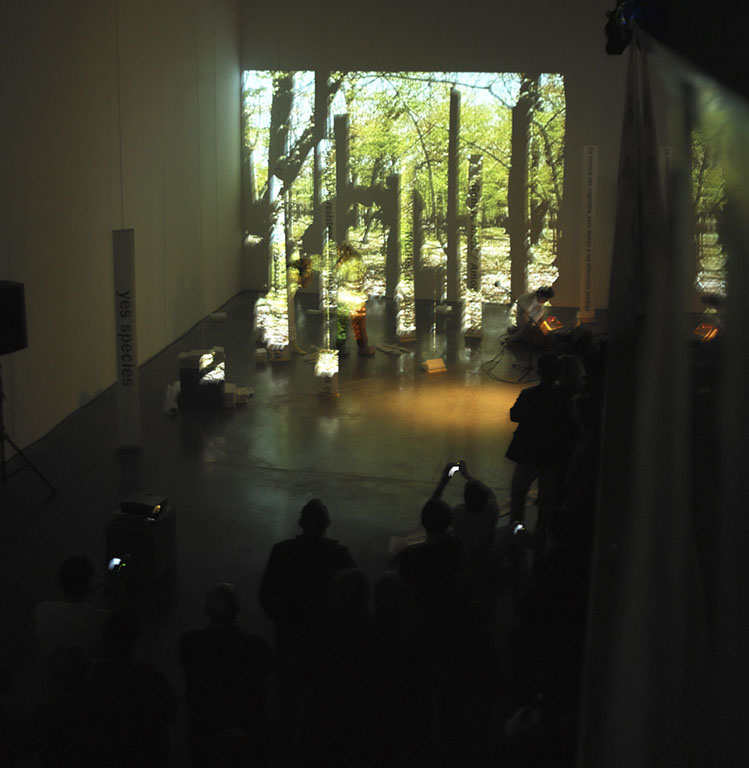

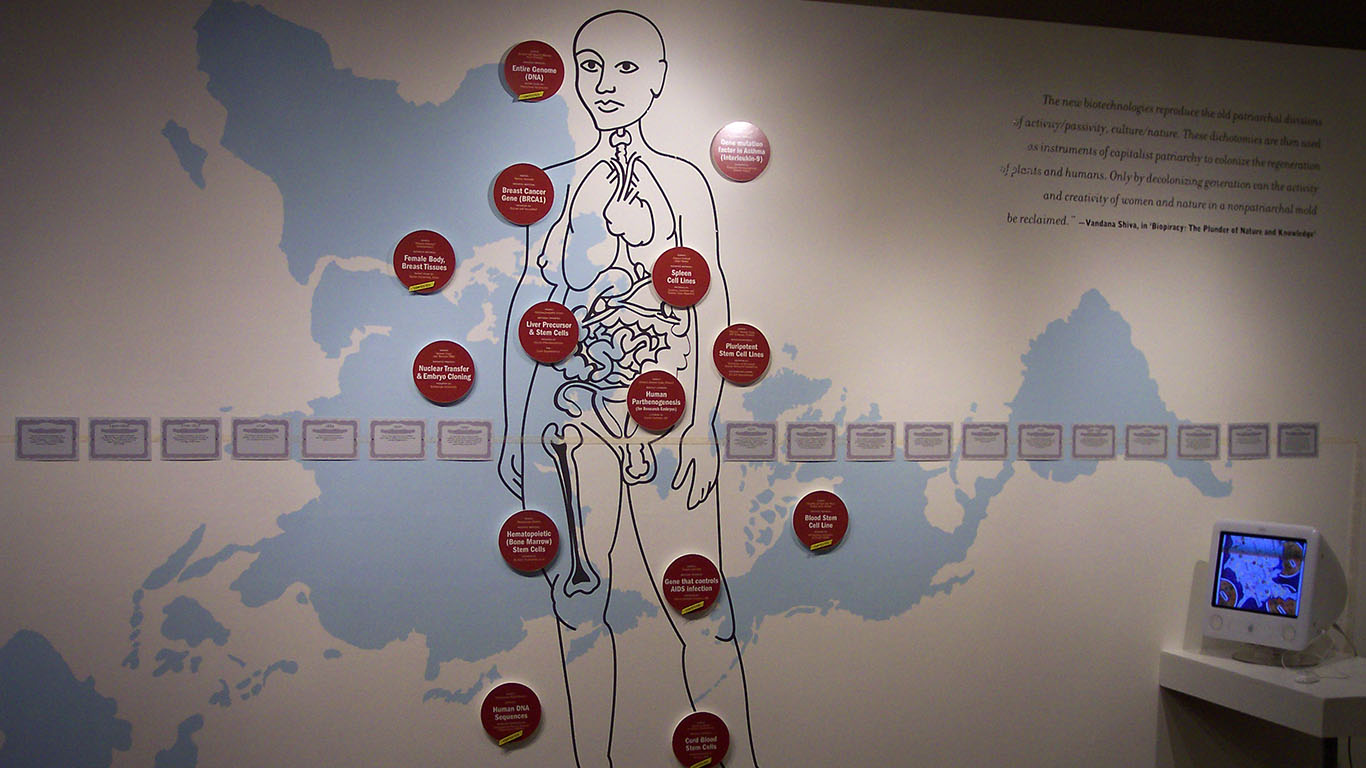
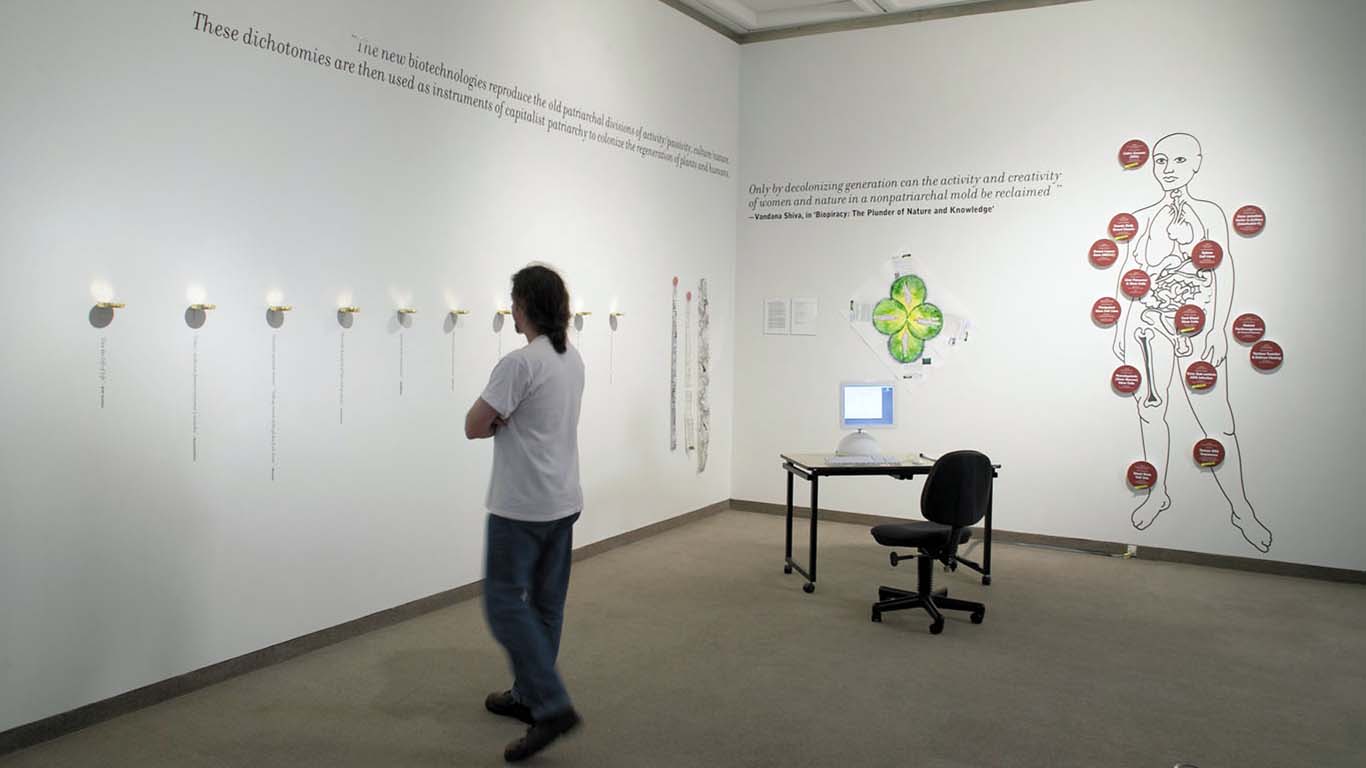
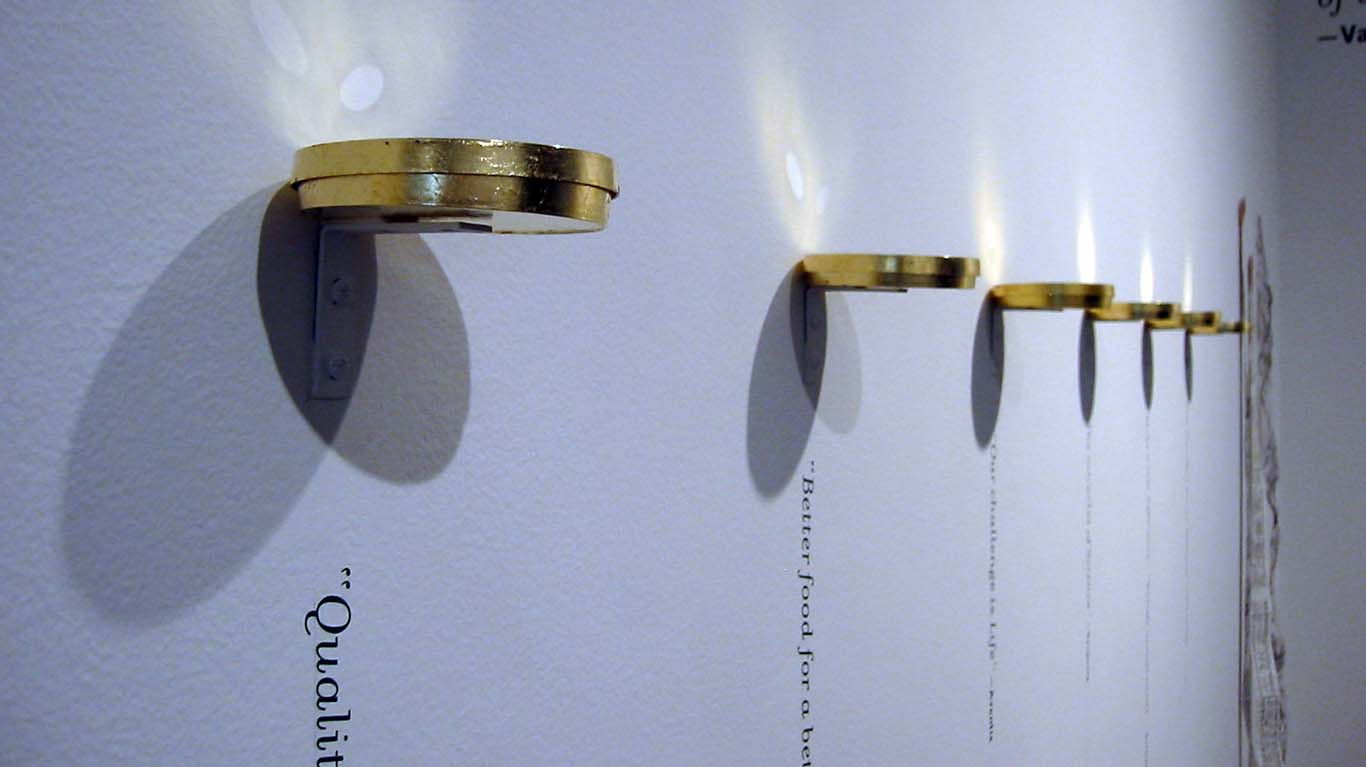
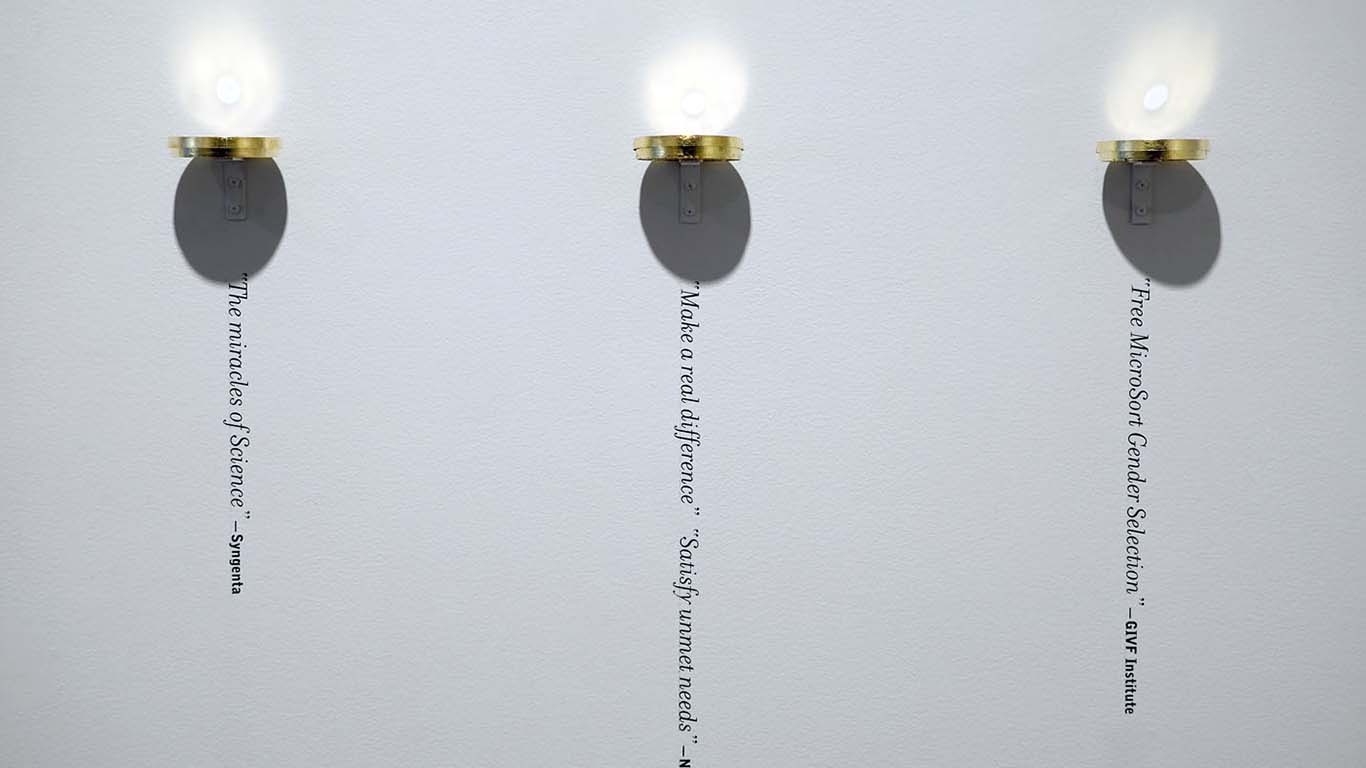



![Wall installation, seen as backdrop to Epidermic! performance, Amarika Project. Cell Track in Vitoria-Gasteiz [in background]](http://cyberfeminism.net/wp-content/gallery/celltrack/ctv4_02.jpg)
